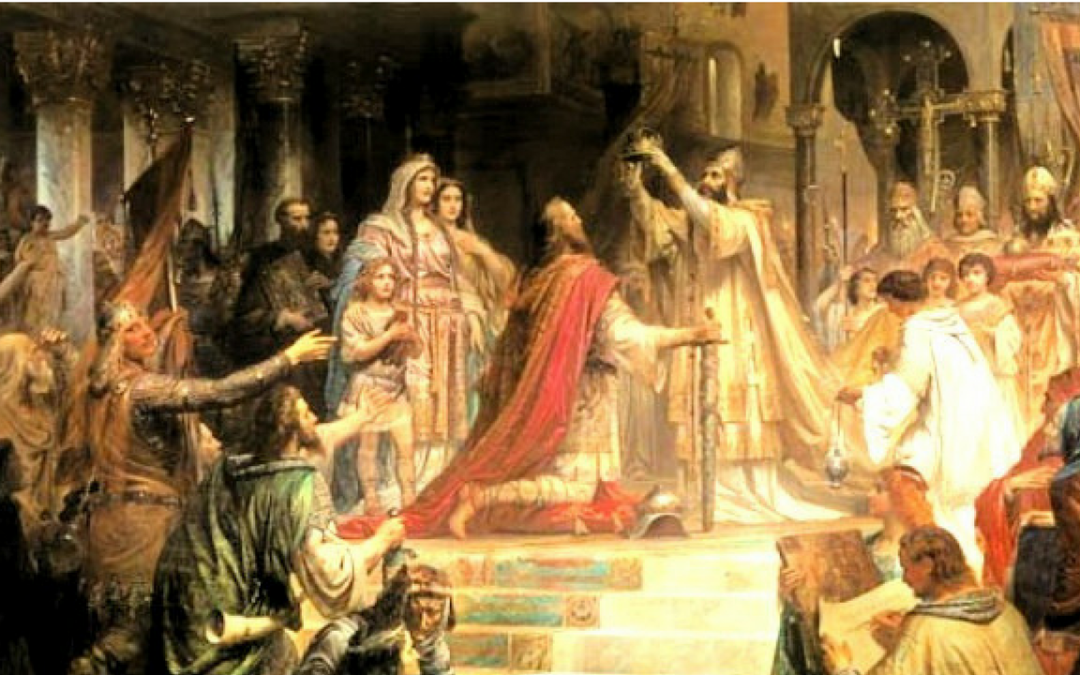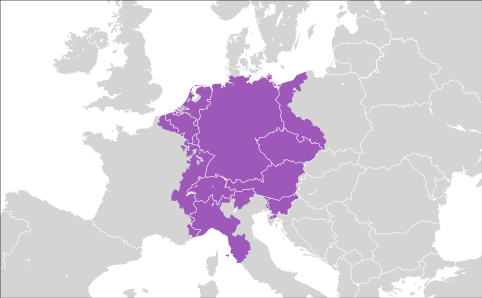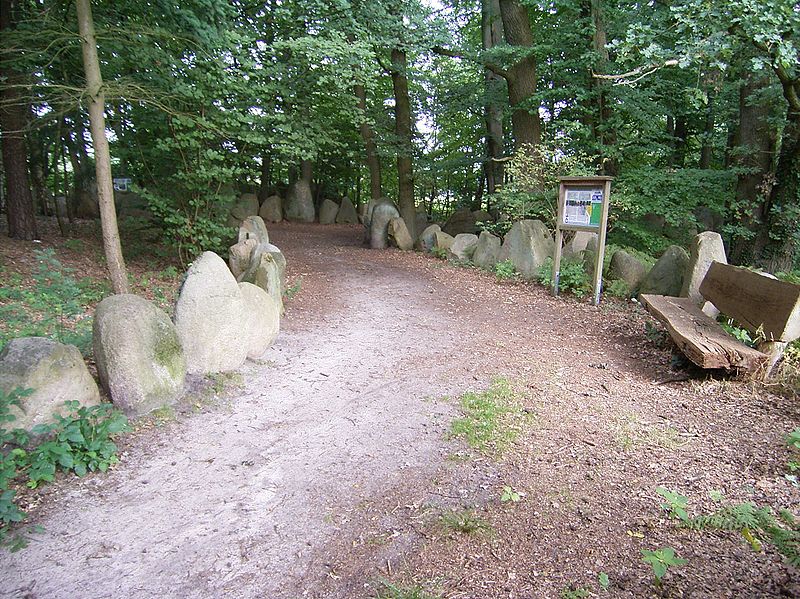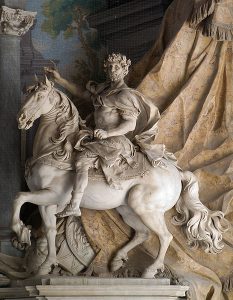The Holy Roman Empire was one of the biggest, and disunited empires in history. It started off well, and then became a fascinating mess. It was founded by Charlemagne the great in the 8th century, shaped the Europe we know today. This is a list of 10 facts about the Holy Roman Empire you should know.

Successor To Rome?
It saw itself, as the successor to the Roman Empire, which is why its name bears such a resemblance. This was almost three hundred years after the fall of the western Roman empire. Rome began weakening in Europe, and this created a power gap people were determined to fill. The Merovingians consolidated the Frankish tribes, and attempted to take over Gaul. Their power lasted for about 200 years, but eventually they held power in name only. The real rulers were the Carolingians. Ruler of the Carolingians was Charlemagne, who grew the empire significantly after getting into power. On December 25th, the Pope declared Charlemagne emperor, and the Holy Roman Empire had been born. Even after Rome had died, the empire still influenced the minds of people in Europe.

Who Was Charlemagne?
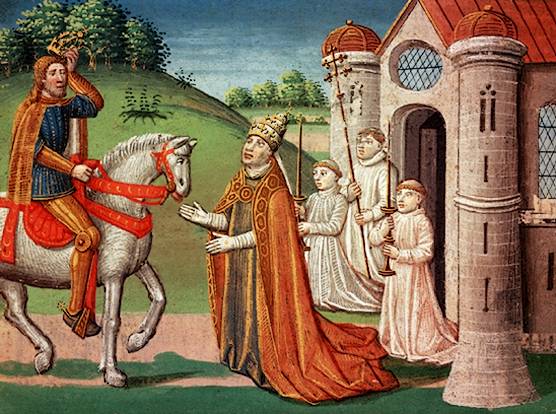
Charlemagne became King of the Franks in 768, King of the Lombards in 774, and Emperor of the Romans in 800. He was the first official emperor in western Europe since the fall of the western Roman Empire. He was the son of Pepin the short. After Pepin died in 768 he became co-ruler with his brother. Only three years later, his brother died suddenly, and in mysterious circumstances. Leaving Charlemagne with all the power. Charlemagne became known as the, “Father of Europe” for unifying most of Western Europe under the Holy Roman Empire.
It Was Unbelievably Complex, And Confusing
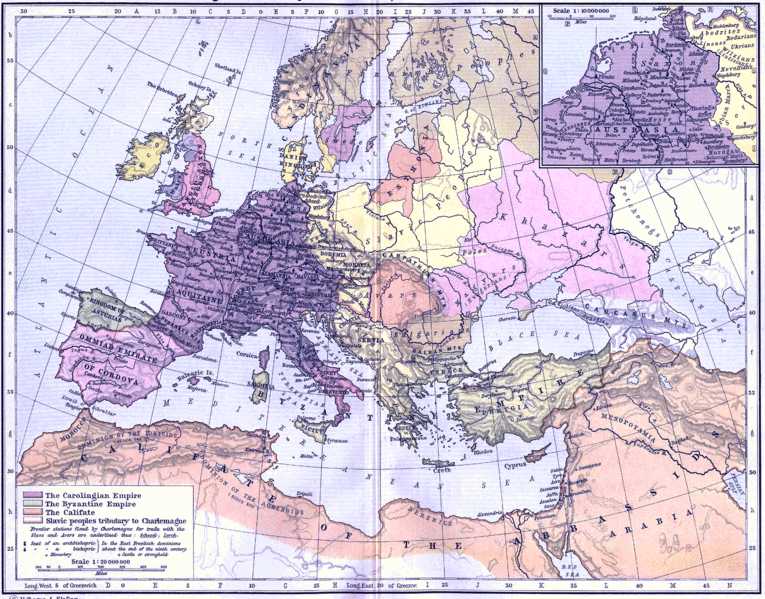
It was probably one of the most confusing empires in history, partly because it wasn’t at all unified. The Holy Roman Empire was divided into hundreds of smaller territories, known by a variety of terms. Some of these were kingdoms, counties, marks, baronies, free cities, bishoprics, and many others. The leaders of these different territories varied in name, but also in the way they govern. Some of them were Lutheran, some were Catholic, some were secular, and some were militant oligarchies.
Why It Fell
The empire started off strong but slowly became less unified. The states within it gained more power and independence, which led to them taking different directions. Instead of following the vision of the emperor, they pursued their own interests. The ones after him were usually weak and unable to rule effectively. The empire lasted for around 1000 years after it’s coronation, but began to decline after the 30 years war. In fighting, and religious disputes had been weakening the Holy Roman Empire for a while now. Napoleon delivered the final blow to the weakened empire, by eating up their territory and turning them into vassal states.
How Its Fall Empowered Europe
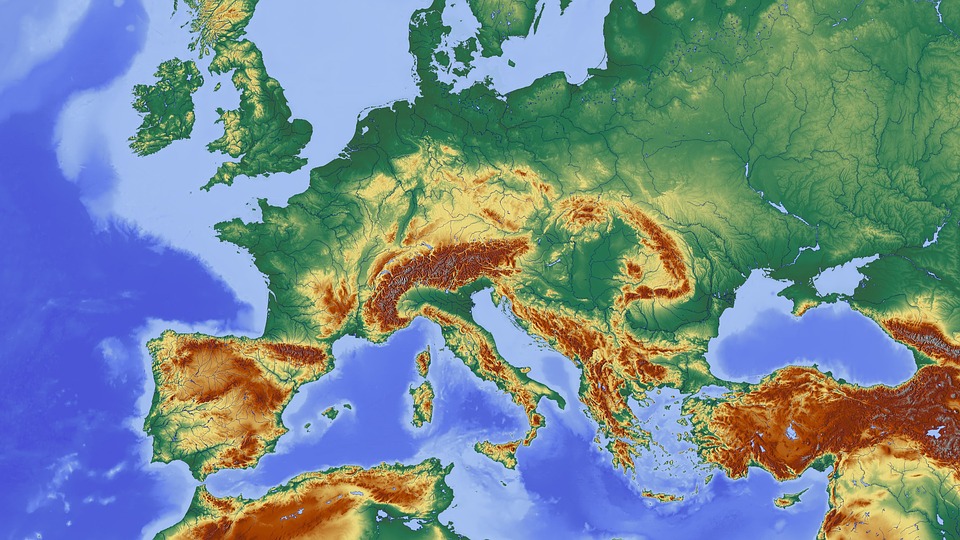
Some interesting benefits came as a result of the empire falling. As cities became more independent they began investing their resources into whatever they considered valuable. This is actually how the first global stock market was founded. After the Dutch gained autonomy, they began investing overseas, and founded the global stock market. Many cities became rich through their investing, which improved the lives of people living there. As it weakened countries surrounding also gained power, and it led to the creating of Prussia and Austria.
Charlemagne Initiated The Carolingian Renaissance

The Dark Ages is generally how the world is referred to after the fall of Rome. It was a time when the world went into a cultural, and intellectual tailspin. Charlemagne the Great, is what eventually ended this period, by initiating the Carolingian Renaissance. Charlemagne looked, with a heavy heart, at the state of the clergy, many of whom weren’t properly literate, and decided he had to change something. So he made sure they were all properly educated, which is what initiated the renaissance. This renaissance was unique to those living in the Carolingian Renaissance. It started in the 8th century and lasted until the end of the 9th century, when the Carolingian empire disintegrated. This is quite a difference to the Italian Renaissance that reached across the entire continent.

What Did It Include?
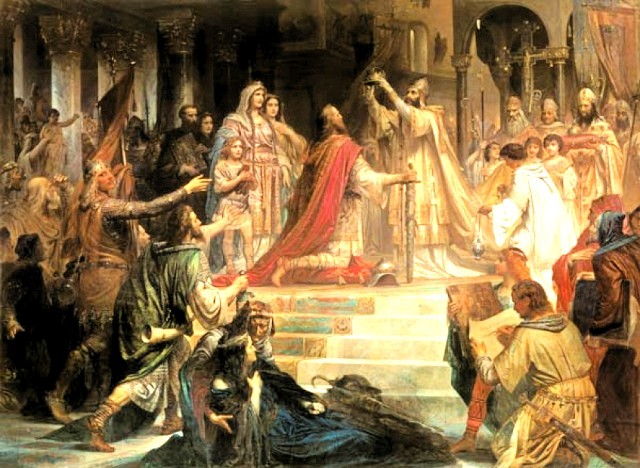
It was an empire of gigantic proportions, encompassing Germany, Belgium, the Netherlands, Luxembourg, Switzerland, Austria, the Czech Republic, northern Italy, Slovenia, Slovak Republic, and parts of France and Poland. In the beginning, it had a population of approximately 5,000,000 people, and at its height had around 26,265,000 people. However, it ended with close to 24,000,000 people. And of course, it included Charlemagne, who was also known as Karl.
Christianity

Charlemagne’s goal was to unite all the Germanic people into one group and convert them all to Christianity. Charlemagne can even be credited with the survival of Christianity in the west. Because of his actions, he is often referred to as the Father of Europe. His tactics for achieving this goal were often savage, and barbaric. While fighting the Saxons, he committed a massacre that killed 4,500 people. After finally conquering this tribe, he forced them to convert to Christianity. He ordered that anyone who didn’t get baptised or follow Christian traditions would be killed. He spent countless resources, protecting the Catholic church. This is why they spontaneously crowned him Emperor, however, he said that if he knew they were going to crown him, he never would have agreed to it. After he died, the church made him a saint.
The Massacre Of Verden
During October 782, Charlemagne took to extreme methods to ensure the fealty of the Saxon pagans. This occurred partway through his 30 year mission to force the Saxons to convert to Christianity. This started with the destruction of an artefact that was incredibly important to the Saxon Pagans, the Irminsul. This was done in 772, and it was 10 years later that he escalated to the point of massacring 4,500 Saxons. This massacre became a topic of outrage among Nazis and German nationalists, who reviled Charlemagne for the genocide, until Hitler and Goebbels attempted to shift people’s view of Charlemagne through propaganda.
Charlemagne’s Family
Charlemagne had a weird family life. He enjoyed multiple wives and mistresses, and raised 18 children. He was said to be very close to his children, and even demanded that his daughters never get married while he still lives. In his spare time he enjoyed swimming, hunting, and horse riding. Some of his sons included Charles the Younger, Pippin the Hunchback, and Drogo of Metz. It’s actually true that most Europeans are descended from Charlemagne, and all of his children, and everything who passed on their genetics in the 9th century.

